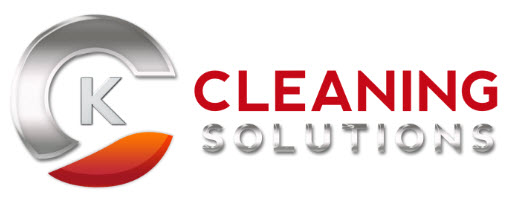Each year, 25 percent of the U.S. population is affected by the flu. The common cold also takes its toll on millions of people annually. To help facilities prepare for a period of heightened outbreaks, Sealed Air’s Diversey Care division offers best practices for cleaning and disinfecting facilities during cold and flu season.
“Cold and flu outbreaks can result in lost productivity and in some cases diminish a business’s reputation, so it’s important that organizations know how to properly prepare for outbreaks,” said Carolyn Cooke, vice president, North America for the healthcare sector, Diversey Care. “By following cleaning and disinfection best practices, businesses can more easily reduce the frequency and impact of illness.”
To curb the impact of the cold and flu, facilities should consider several infection prevention tips, including:
1. Encourage proper hand hygiene
Since hands can spread germs from one person to another, or to other surfaces, proper hand hygiene is an essential habit. When hands are dirty, employees should wash with hot water and soap or with an alcohol-based hand sanitizer if soap and water are not available.
2. Encourage influenza vaccinations
Providing or requiring employee vaccinations helps individuals protect themselves against influenza viruses that match or are related to the viruses in the vaccine.
3. Establish a protocol to clean and disinfect high-touch surfaces
When surfaces are left dirty, they can transfer pathogens to people and cause illness. High-touch surfaces such as door knobs, handrails, elevator buttons and desks or countertops should be disinfected regularly or when visibly soiled using an Environmental Protection Agency (EPA) or Health Canada-registered disinfectant. Employees should clean these surfaces from high to low and from cleanest to dirtiest.
During periods when illnesses are acquired and spread more frequently, facilities are encouraged to clean and disinfect more regularly. This may mean changing the traditional cleaning schedule to a more frequent cleaning schedule of all common areas.
4. Encourage proper etiquette with employees and visitors
To further prevent the spread of the cold and flu, facilities should encourage proper etiquette among sick employees, occupants and visitors. This includes limiting contact with others, covering the mouth when coughing and sneezing and disposing of used tissues. Signs and other communication materials can be placed throughout the facility to serve as reminders for these behaviors.
5. Keep supplies well-stocked
Facilities should stock additional supplies of personal protective equipment (PPE), disinfectants, hand hygiene products, facial tissue, toilet tissue, trash bags and cleaning cloths and tools. This will encourage compliance with infection prevention strategies.
Compliance monitoring can help a facility ensure that workers are performing tasks as expected and can help identify areas for improvement. This may include keeping track of surface cleaning and PPE usage.
“All of these actions can aide in mitigating the impact of cold and flu. Work with your manufacturers and team to integrate the best practices and communications to ensure the health of your workplace,” added Cooke.
Source: Cleanlink.com
This article is for informational purposes only.


